- Life & Culture
A Brief History of Japan For Foreigners
As a highly-industrialized and economically-prosperous country, Japan benefits from having a truly fascinating history that spans over 13,000 years.
Whether you’re looking to start a teaching career in Japan or are simply planning a visit, it certainly helps to have a basic understanding of Japan’s extensive history. However, the process of researching Japan’s extensive history can often prove a daunting process.
In this article, our team have produced an all-you-need-to-know style overview of Japan’s history for foreigners, starting with ancient Japan and leading up to the present day.
1. Ancient Japan
Jōmon Period (13,000 BC – 1,000 BC)
The Jōmon period – which serves as Japan’s Neolithic period – is named after the pottery that was produced during this period. Life in the Jōmon period was sedentary and slow – days were spent fishing, hunting and creating pottery by hand. The vast majority of Jōmon people lived in pit houses, which consisted of a large pillar in the ground surrounded by supporting wooden posts.
As the pottery wheel wasn’t invented until around 3,500BC, almost all Jōmon pots were made by hand, with the potter constructing each piece from the bottom up. Naturally-sourced clay was mixed with various adhesives – such as crushed cells and mica – to create the ceramics.
The Jōmon people started to construct villages from 5,000BC onwards, demonstrating a significant cultural development in Japan’s early history. Villages close to the coast relied heavily on fishing for their main source of food, while more central villages were more reliant on hunting wildlife in Japan.
Yayoi Period (1,000 BC – 250 AD)
Civilisation’s progress over the course of the Jōmon period gave rise to the Yayoi period, which began in the west of Japan before expanding north up to Honshū. The Yayoi people were far more settled than their Jōmon predecessors, living in established and settled villages that featured thatched houses.
As the Yayoi period progressed, society became more complex and varied; buildings were constructed with stone and wood, while residents wove textiles, made glass and constructed more advanced pottery than that of the Jōmon period. The Yayoi people were also able to accumulate wealth through establishing large stores of grain and owning land, which gave rise to a clear class society.
With the emergence of a class society came the desire and requirement for power. The Yayoi people formed clan-nations, which fought against each other to assert their dominance. Following an extended struggle of clan warfare over the course of the Yayoi period, the Yamato clan became the dominant force in Japan towards the end of the Yayoi period.
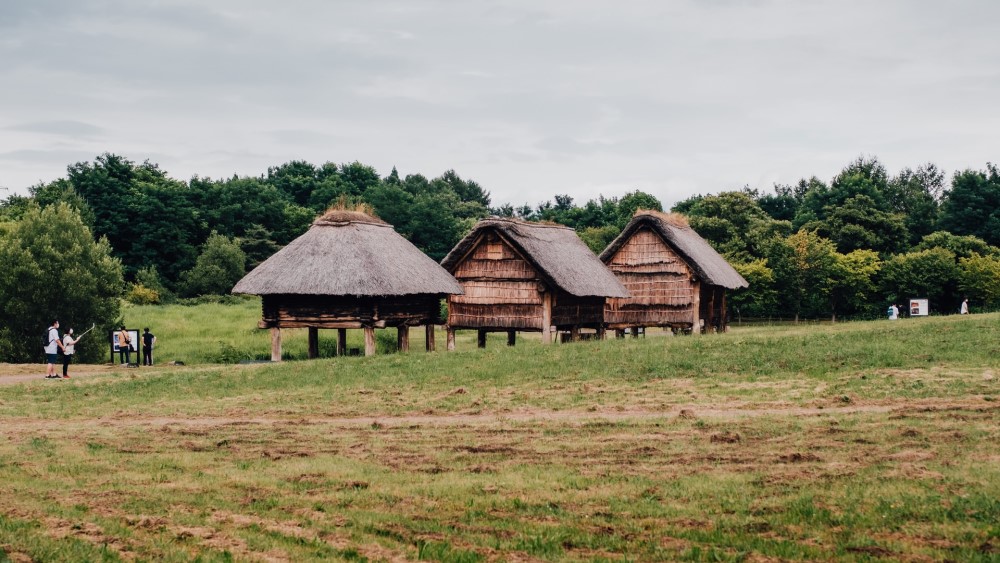
Kofun Period (250 AD – 538 AD)
Following the struggle for dominance in the preceding Yayoi period, the Kofun period saw the Yamato clan serve as a central governing power in western Japan.
The Yamato clan’s rule formed a much more militaristic and secular Japan; the period saw a number of military reforms, which led to the establishment of conscription and a clear militarization of Japan. The period also saw the adaptation of the Chinese calendar, as well as many of its religious practices (such as Taoism).
The Kofun period is best-known for its construction of large tomb mounds for the ruling class, featuring painted decorations and clay earthenware. Deceased members of the ruling class were interred in large coffins constructed from wood, being buried with tools, weapons and ornaments.
Pottery also saw substantial development over the course of the Kofun period; the potter’s wheel was introduced to Japan during the period, which enabled the creation of sophisticated footed jars and pitchers known as Sue ware.
2. Classical Japan
Asuka Period (538 AD – 710 AD)
The Asuka period serves as the turning point from ancient Japan to classical Japan, boasting substantial social, political, artistic and religious developments. The period is named after the village of Asuka (located in Nara), which served as the country’s capital over the course of the period.
Perhaps the most significant event of the Asuka period was the introduction of Buddhism from Korea, which replaced Shinto as the dominant religion in Japan. Buddhism was initially opposed by Japan’s powerful conservative families, though it found favour with the influential Soga clan, who were highly influential in the spread of Buddhism over the 7th century.
The mass adoption of Buddhism in Japan led to a significant change in Japanese society and culture. The construction of kofun-esque tomb mounds fell out of favour as the Asuka people gave more weight to the transience of life. In the late 7th century, a ban on livestock was introduced due to the influence of Buddhism – which stresses that animals must not be harmed. You can still find plenty of vegan and vegetarian dishes in Japan!
Immigrants to Japan from Korea introduced significant artistic styles to Japan, notably Tori style sculpting, which was used to create statues and artefacts.
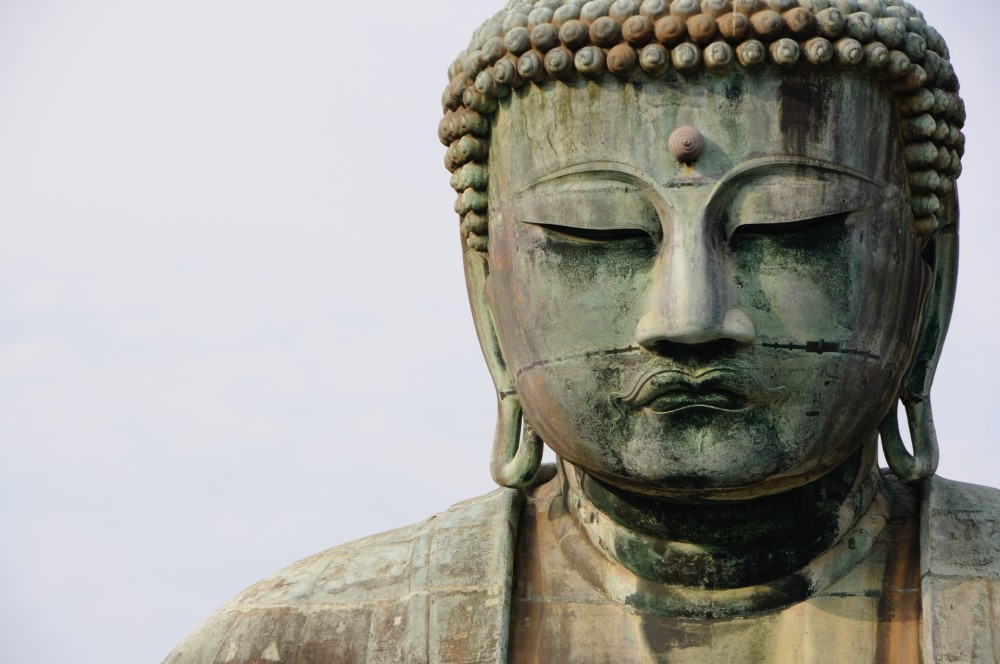
Nara Period (710 AD – 794 AD)
The Nara period saw Japan derive substantial cultural and societal influence from China. Chinese language and literature were intensely studied so that they could be incorporated into Japanese society, while the Chinese legal code was also adopted into Japanese culture.
The Japanese government also saw substantial development; in order to increase revenue from taxes, the government introduced post stations on public roads, which allowed for the transportation of tax rice on horseback to the capital. This prevented tax rice going to going to local clan leaders, which prevented the accumulation of local wealth and assigned greater control to the government.
Buddhism also saw the height of its development in Japan during the Nara period, establishing itself as the official religion of Japan. Large Buddhist temples were constructed around the country, while Buddhist culture continued to surge in popularity.
Heian Period (794 AD – 1185 AD)
In 794, Japan’s capital moved from Nara to Heian-kyō, signifying the start of the Heian period. This period is perhaps best-known for its development of Japan’s creative culture, including the production of the world’s first novel – the Tale of Genji – which was written using a newly-developed style of Japanese writing known as Kana. Sculpting, pottery and painting remained popular, with Buddhism serving as the primary source of artistic inspiration for these works.
Politically, the Fujiwara clan rose to become regents within Japan, ruling on behalf of the emperor. This was primarily achieved through strategic marriages between the imperial family and members of the Fujiwara clan, placing their offspring in line for the throne.
The Heian period is also noted for its growth and development of the Shoen system. Private estates – known as Shoen – were exempt from land redistribution, federal taxes and entry by public officials. Shoen were often granted by the government to both temples and government officials as payment for their services.
However, the rapid growth of the Shoen system saw the power of the government erode significantly, with them unable to earn enough tax revenue to retain a sound political system. The proliferation of Shoen also eroded the impact of law enforcement, as estate owners were free to create their own policies to protect their assets. This eventually led to the head of a military family – Minamoto Yoritomo – seizing power over Japan in 1185.
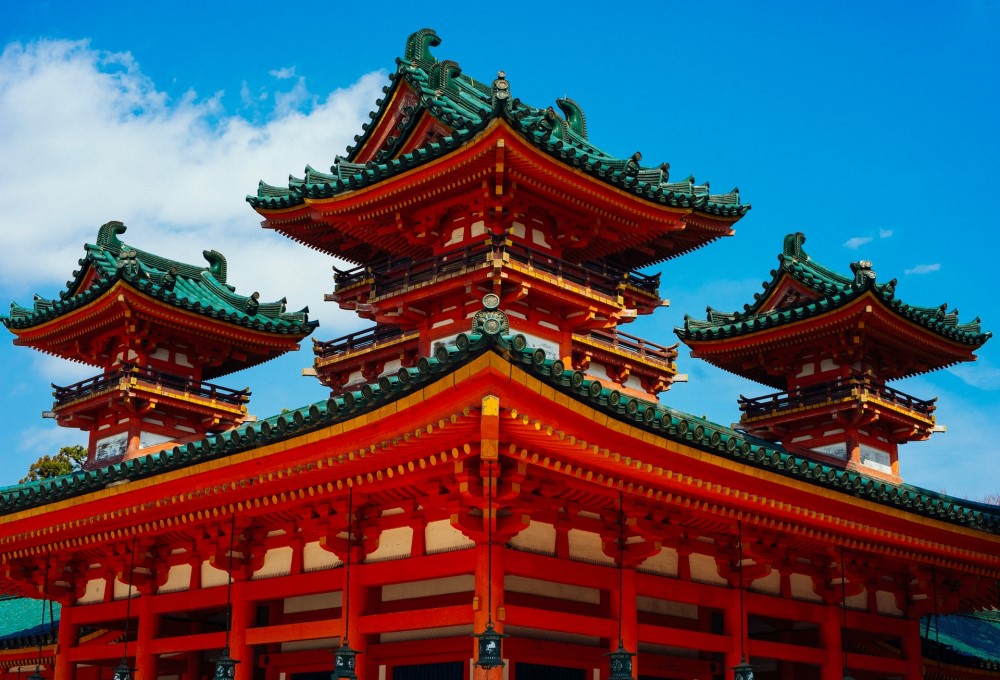
3. Medieval Japan
Kamakura Period (1185 AD – 1333 AD)
The ascension of power by Minamoto Yoritomo saw the start of Japan’s Kamakura period – named after the city in which the headquarters of the military government was established.
Yoritomo served as Japan’s first military dictator (officially known as a Shogun) and catalysed the rise of Japan’s warrior class. A military administration known as the bakufu was created, which became dominated by members of the Hōjō family – who acted as military regents – from 1199 up until 1333. Japan’s newfound military government successfully deflected two large-scale Mongol invasions – the first of which consisted of over 23,000 enemy troops across 600 ships.
The rise of Japan’s warrior class also significantly influenced art and culture in the Kamakura period. Bravery, loyalty, discipline and concentration were held in high regard due to the influence of Japan’s military government, as well as the ongoing influence of Zen Buddhism. Art and literature frequently depicted war and Shogun tales, including a renowned mainstream anthology of poetry known as the Shin Kokin Wakashū.
In 1331, the reigning emperor Go-Daigo succeeded in a revolt against the Kamakura shogunate, which – coupled with the financial destruction of the two Mongol attacks over the Kamakura period – resulted in the downfall of the Kamakura bakufu in 1333.
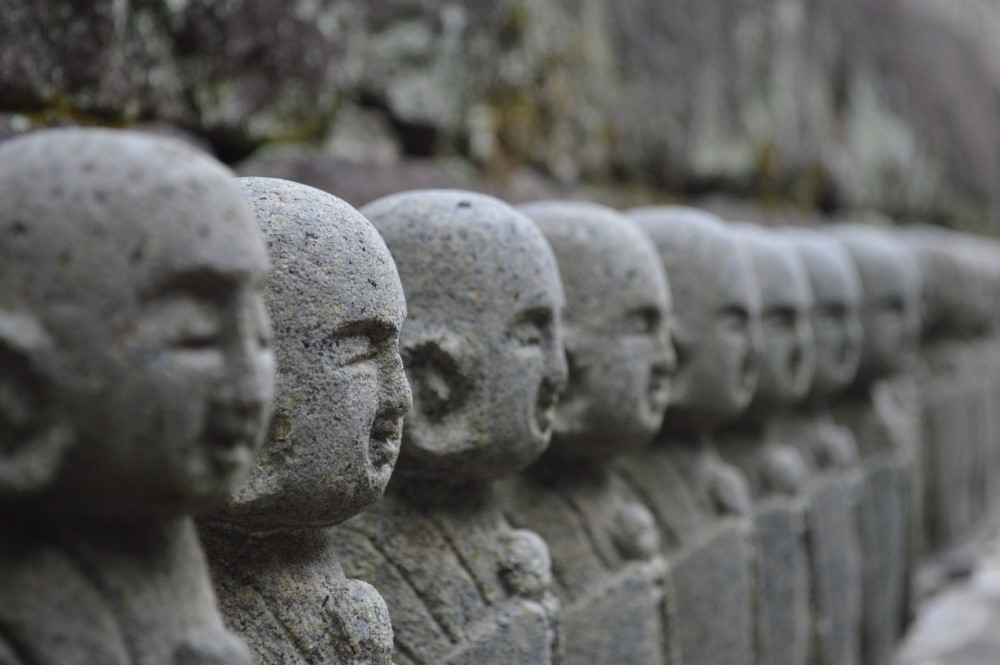
Muromachi Period (1333–1568)
Following the ascension of emperor Go-Daigo at the end of the Kamakura period, the victory was short-lived. Ashikaga Takauji – a former fighter for the emperor – captured Kyoto in 1336 and subsequently appointed himself as Shogun in 1338.
Over the course of the Muromachi period, the influence and control of the Ashikaga shoguns rapidly declined in favour of feudal lords known as Daimyo. They went on to gain power over various provinces in Japan, continuously fighting against each other during a period of civil war known as the Sengoku period, which lasted from 1467 until 1615.
Japanese art and culture continued to flourish during the Muromachi period, with Buddhism remaining at the forefront of influence. The period saw the genesis of the tea ceremony – a renowned Japanese tradition that remains fiercely popular today. Poetry, comedy and literature served as the most popular forms of entertainment, with both art and architecture taking a simple, yet serious approach.
Azuchi–Momoyama period (1568-1600)
The relatively-short Azuchi-Momoyama period took place during the rule of two Daimyo; Oda Nobunaga and successor Toyotomi Hideyoshi. This period enjoyed greater political stability than the preceding Muromachi period, with the central government regaining control of all Japanese provinces.
Once political stability had been reobtained, Japan enjoyed a period of grandeur and magnificence. Large mansions and castles were built for wealthy families, which replaced the temple-style architecture that had served popular in previous periods.
Art and culture continued to develop as it had done in the preceding Muromachi period, with flower arranging and ink painting serving as two notably-popular activities. The tea ceremony saw substantial development over the Azuchi-Momoyama period, serving as a staple recreational activity within the Japanese government. Both Nobunaga and Hideyoshi held regular lavish tea ceremonies and were avid collectors of tea caddies and bowls.
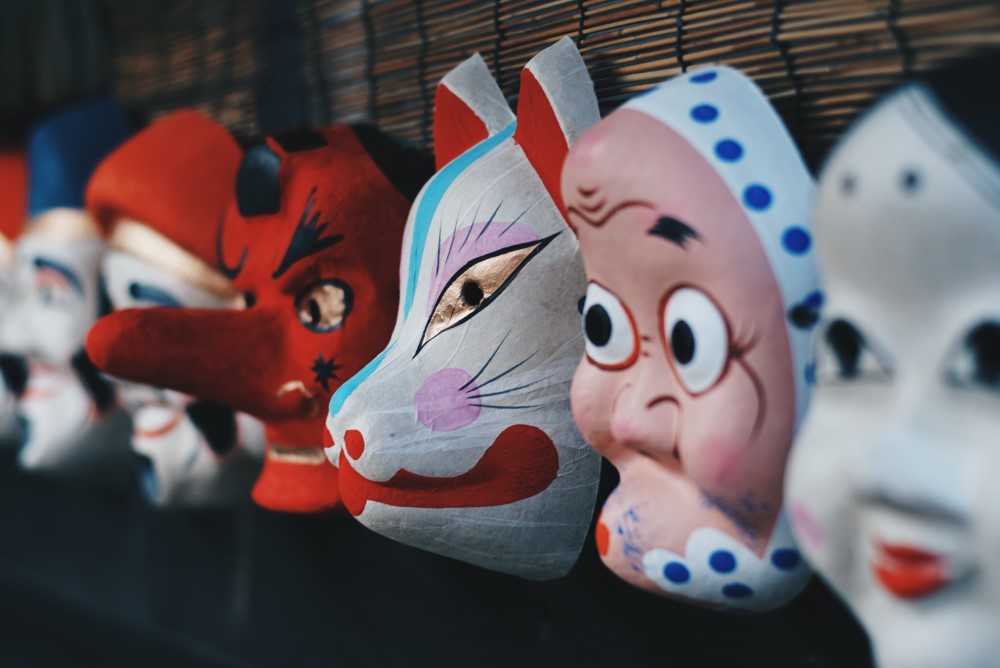
Tokugawa (Edo) Period (1600-1867)
The Tokugawa period – also known as the Edo period – served as a time of both political stability and economic prosperity, no doubt due to the political progress made over the course of the proceeding Azuchi–Momoyama period.
Shogun Tokugawa Ieyasu consolidated Japan’s political stability by ensuring a balance of power between powerful magnates, collateral houses and government allies. The Daimyo were also required to hold land in the capital of Edo, in which they would reside for several months each year.
Art, culture and entertainment saw significant development over the course of the Tokugawa period. Both the Kabuki (traditional Japanese theatre) and the jôruri (puppet theatre) served as the main forms of entertainment in Tokugawa Japan, with productions primarily being geared around either tragedies or historical dramas. Kabuki actors enjoyed celebrity status in Tokugawa Japan, with a strong fan culture around the theatre.
Arguably one of the most significant cultural innovations of the Tokugawa period was the development of woodblock print, which allowed for the mass reproduction of text and images. Woodblock pieces included paintings (namely of kabuki actors and sumo wrestlers) as well as literary works. Poetry also continued to flourish, with the famous Haiku poem structure being developed in the mid-17th century.
4. Modern Japan
Meiji period (1868–1912)
In 1867, a political revolution took place which saw Emperor Meiji Tennō overthrow the Tokugawa shogunate, bringing an end to the Tokugawa period and restoring power to the emperor. Japan’s military government was replaced by a small, yet highly-ambitious government seeking to restore sovereignty by modernizing the country.
The modernization of Japan over the course of the Meiji period was greatly influenced by Western culture. Most importantly, the inherited status of social hierarchy was abolished – farmers and traders were now eligible to join the Japanese army, whereas samurai were able to farm and trade. By 1890, all major Japanese cities were linked by telegraph lines and there were thousands of kilometres of Japanese railroad, enabling high-speed transportation between cities.
Fashion saw rapid advancement over the course of the Meiji period, with Japan making using western technological advances to advance their textiles industry. Synthetic dye was used to design Kimonos, while silk became Japan’s primary export. Find out more about clothing in Japan today.
Art also proved a significant export for Japan, with the Japanese government taking a keen interest in the promotion and commercialization of art. Japanese art – including paintings and woodblock prints – were heavily promoted by the government at a number of world’s fairs, demonstrating Japan’s rich culture and artistic talent to the rest of the world.
Music also played a significant role in Meiji Japan, with Japan’s military seeing music as a key component of martial arts. As such, music lessons were delivered alongside traditional military training in Japan’s military academies.
Taishō period (1912–1926)
The Taishō period spans the reign of Emperor Taishō, who ascended the throne following the death of his father – Emperor Meiji – in 1912. The 12 months following his ascension were marked by the Taishō political crisis, in which Japan was led by three different prime ministers as the government attempted to balance power between elder statesmen and the public.
Following the outbreak of World War 1, Japan fought alongside the Allied Powers in order to expand its influence and power in Asia. This included a set of twenty one demands being made to the Republic of China to extend Japan’s control of China, which was met by a total boycott of Japanese goods by the Chinese public.
Japan cemented itself as a modern nation by introducing rapid technological advances over the course of the Taishō period. Electricity became commonplace across Japan, while new public roads, power stations and bridges were implemented across the country. Following the Great Kantō earthquake in 1923 that devastated much of Tokyo, the city was quickly rebuilt with modernized buildings and facilities.
Architecture during the Taishō period was strongly influenced by western styles, notably the popular neoclassical movement that dominated Europe and North America during the early 20th century.
Painting and porcelain also continued to draw influence from western culture, with both serving as core exports from Japan to the western world. Impressionism and Cubism proved popular influences on Japanese art during the Taishō period, while traditional woodblock prints also remained popular.
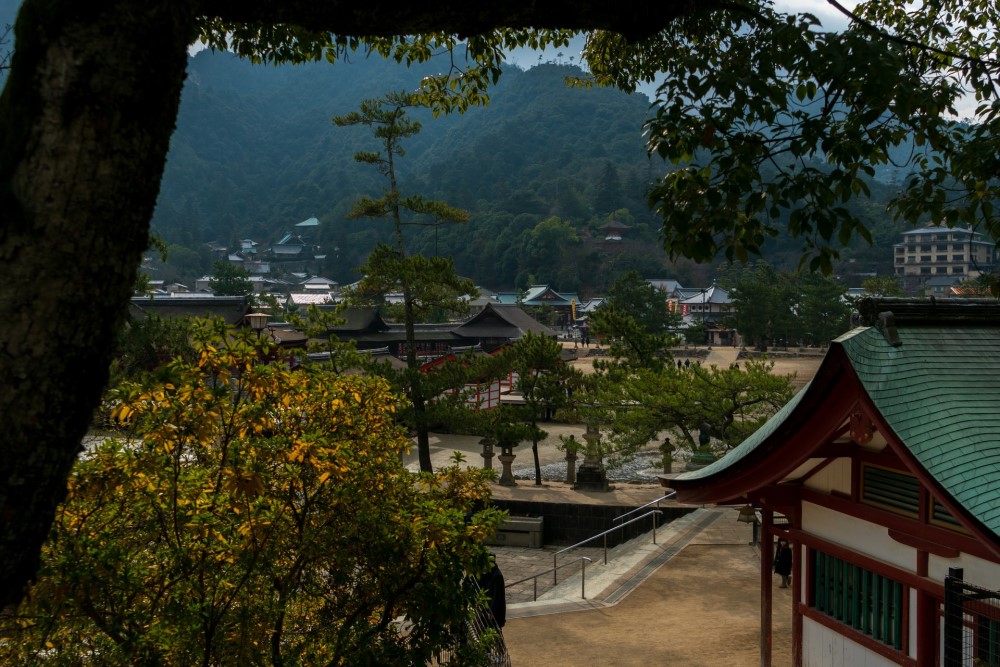
Shōwa period (1926–1989)
Following Emperor Taishō’s death in 1926, his eldest son – Hirohito – ascended the throne as Emperor Shōwa, signifying the start of the Shōwa period.
Following the adaptation of the samurai legacy by the Japanese military, Japanese nationalism surged over the course of the early Shōwa period. This led to the rise of a new officer class in Japan, who believed that Japan had been treated unfairly by the Western world in terms of territory and raw materials. The onset of the Great Depression in 1929 saw Japan’s exports drop by 50%, driving a desire for territorial expansion.
Over the course of the 1930s, the military gained significant control over the Japanese government, leading to a series of assassinations and an intensification of censorship within the media. Following the outbreak of World War 2 in 1939, Japan sided with the Axis Alliance, having already commenced the war in the Pacific by invading China in 1937.
Despite early successes by the Japanese army over the course of World War 2, Japan surrendered to the Allies following the atomic bombings on Hiroshima and Nagasaki, bringing an end to the war. The four decades following the war saw incredible economic growth in Japan, which has since been referred to as the “Japanese Miracle.”
Prior to World War 2, painting during the Shōwa period was dominated by abstract techniques, Barbizon influences and traditional Nihonga techniques. During World War 2, government censorship limited Japanese art to only include patriotic themes, with many popular Japanese artists taking part in the government’s propaganda effort.
From 1960 onwards, both anime and manga surged in popularity and went on to influence a broad range of Japanese pop culture, including art, video games and cosplay.
Architecture reflected the social and political progression of the Shōwa period. The early Shōwa period saw the prominence of nationalist architecture, with architects looking to recreate traditional Japanese architecture with modern materials and techniques (such as reinforced concrete). During the 1950s and 1960s, the Metabolist movement came to the forefront of Japanese architecture, which featured a number of abstract ‘capsules’ attached to a central building core.
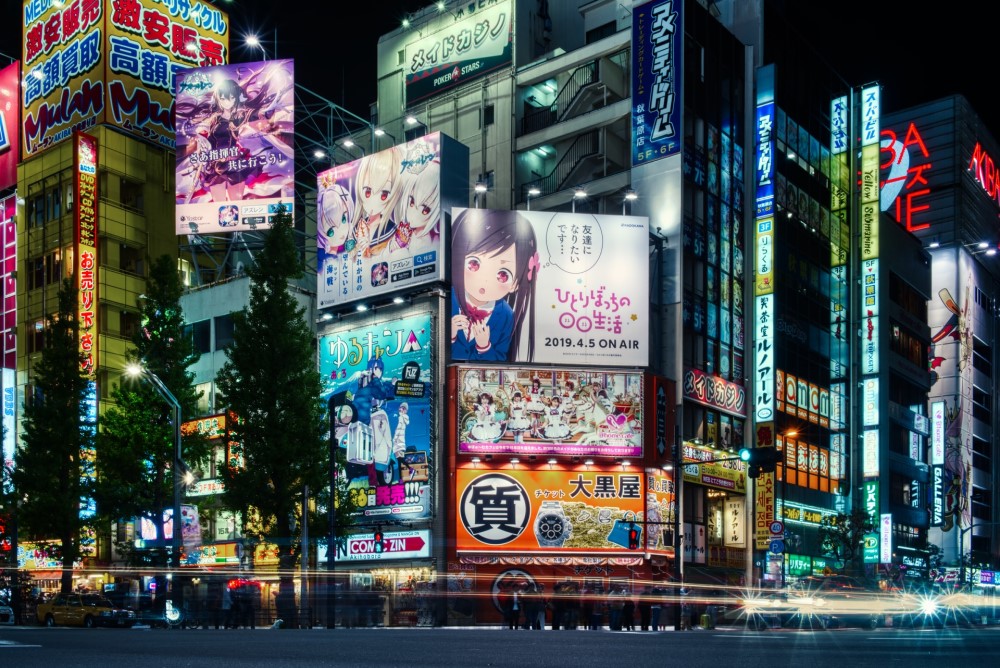
Heisei period (1989–2019)
Tsugu Akihito ascended to the throne following the death of his father Emperor Michinomiya Hirohito, signifying the start of the Heisei period.
Despite the significant progress of Japan’s status as a global economic force over the preceding Shōwa period, the Heisei period experienced its fair share of political turbulence. Japan went through 17 prime ministers, coupled with the significant economic disruption caused by the 2008 financial crisis. Japan also fell victim to a number of devastating natural disasters during Akihito’s reign, including a major earthquake in Kōbe in 1995 as well as the 2011 earthquake and tsunami in Honshu.
Like many other countries, Japan adopted a contemporary and international scope to architecture during the Heisei period. Minimalist, balanced and clean designs were used to construct a wide range of buildings, from skyscrapers to radio towers.
Anime, manga and video games continued to surge in popularity over the course of the Heisei period. The 1990’s saw the ‘golden age’ of console RPGs, with Japanese video game designers placing substantially more emphasis on the personality and background of video game characters than their western counterparts. This served as a turning point in Japan’s innovative and story-based approach to video games, which was rapidly adopted all over the world over the course of the late-20th and early-21st centuries.
Reiwa period (2019–present)
Following the abdication of Emperor Akihito in 2019, his son Prince Naruhito ascended to the throne, marking the start of the Reiwa period. The name Reiwa is formed of two ideograms, which translates in English to “Beautiful Harmony”.
Along with the rest of the world, the most significant political event during the young Reiwa period has been the onset of the COVID-19 pandemic, triggering a state of recession in Japan due to the major economic impacts of the pandemic. Along with several other countries, Japan donated both medical equipment and funds to China during the early-onset of the pandemic.
Closing Thoughts about Japanese History
We hope this guide has provided you with everything you need to know about Japan’s extensive history! If you enjoyed this article, why not read our guide to Japanese Shinto shrines and Buddhist temples next?
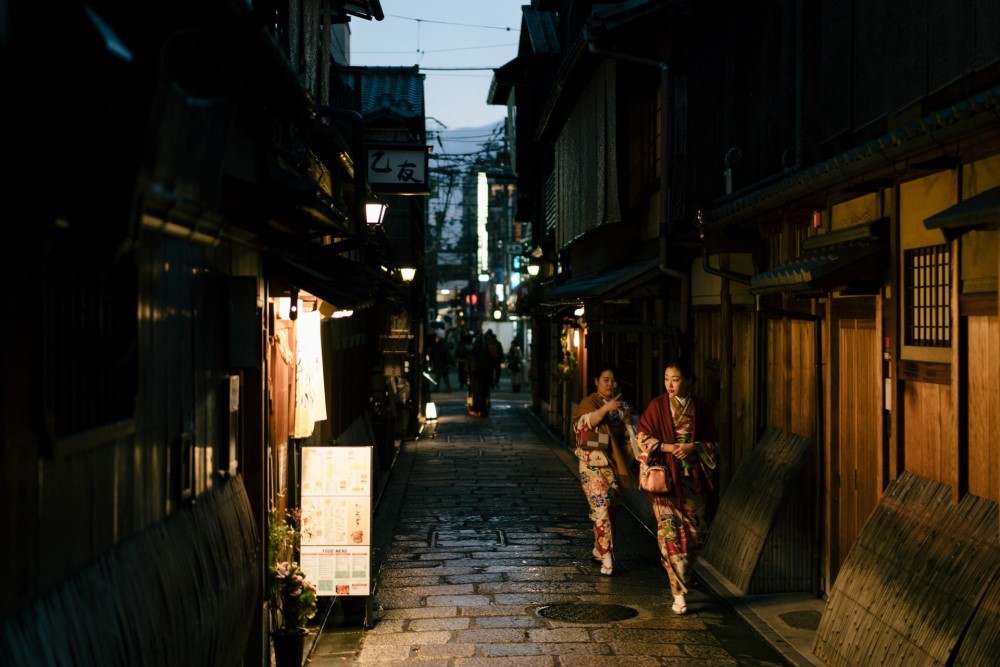
About the Author

Brian McDonough is a consultant at Interac, Japan’s largest provider of ALTs (Assistant Language Teachers). Originally from the US, Brian has lived in Japan for over 25 years, giving him a unique perspective on the cultural differences and challenges people face when moving to Japan. He has first-hand experience of working in Japan as an American.
